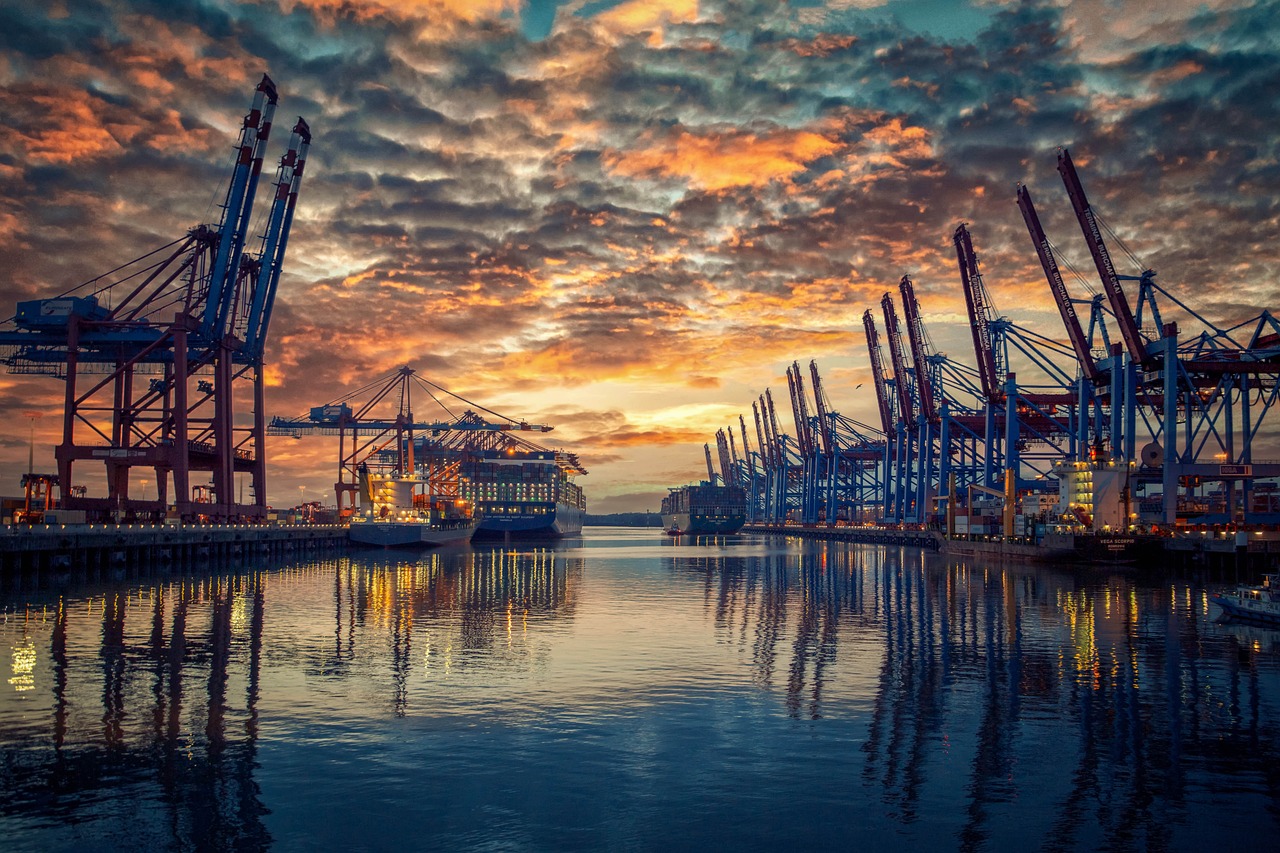
Agency export,What are the core items included in the handling fee?
According to the latest industry data in 2025, the fee structure of a regular export agency company usually includes three levels:
- Basic Service Costs: Charged at 0.8% - 2.5% of the contract amount, covering basic services such as document processing and document review
- Financing costs: Calculated as the advanced amount × number of days × daily interest rate (0.015% - 0.03%)
- Special services fees:
- customs clearanceInspection application: 200 - 800 yuan per ticket
- Certificate of origin: 150 - 400 yuan per copy
- Special document certification: 300 - 1200 yuan per item
How is the service fee ratio determined?
In 2025, the charging models of mainstream agency companies show obvious differences:
- The ladder fee.For a single order amount less than 1 million, a 2% charge is applied; for the part between 1 million and 5 million, it is 1.5%; for amounts over 5 million, it is 1%.
- Industry coefficient adjustmentA 0.3% surcharge is applied to mechanical equipment categories, and a 0.2% reduction is given to fast - moving consumer goods categories.
- Annual cumulative discountEnterprises with an annual export value exceeding 20 million can apply for a 0.2% rebate.
Case of an auto parts enterprise: The annual agency export value is 32 million yuan. The comprehensive service rate is reduced from the initial 1.8% to 1.3%, saving a cost of 168,000 yuan.
Is there an industry standard for the advance payment interest?
Data from the central bank in 2025 shows that the interest rate for agency export financing has three major characteristics:
- Benchmark interest rate anchoringIt floats 15 - 30 basis points above the LPR.
- Account period coefficientFor a 30 - day payment period, it is based on the benchmark rate, and for every additional 15 days, it floats up by 0.02%.
- Quota discountFor a single financing amount exceeding 5 million, a 30% discount on the interest rate can be enjoyed.
Example of calculation formula: Financing of 2 million × 45 days × (LPR 3.45% + 0.25%) / 360 = 2 million × 45 × 0.000103 = 9,270 yuan
How to identify the hidden fee trap?
Industry research in 2025 shows that non - standard charging mainly exists in the following links:
- The exchange ratePrice trapSome agency companies charge a foreign exchange service fee of 0.5% - 1%.
- Destination port additional feesUnagreed - in - advance port operation fees (500 - 2000 yuan/container)
- Charges for abnormal situationsCustoms inspection - derived fees (800 - 3000 yuan/time)
It is recommended to require the agent to provide... that includes 20 regular feesAll - inclusive Price List, and clearly stipulate in the contract the clause 'no additional fees except for force majeure such as war or strikes'.
What are the new charging models in 2025?
With the development of digital trade, some innovative enterprises have launched:
- Subscription - based servicePay a fixed 9800 yuan per month and enjoy free service within a limit of 500,000 US dollars.
- Blockchain smart contractAutomatically execute stage - by - stage payment, saving a settlement cycle of 2 - 3 working days.
- The carbon tariffsCompensation serviceA 0.5% special service fee is charged for products covered by the EU CBAM.
After a cross - border e - commerce enterprise adopted the subscription system, its quarterly agency cost was reduced by 23%, but attention should be paid to the requirement of business volume stability.
How to choose the agency company with the highest cost - performance ratio?
Based on the analysis of data of AEO - certified enterprises by the customs in 2025, it is recommended to evaluate from three dimensions:
- Qualification review: At least 5 years of operating history + Advanced Certified Enterprise of Customs
- Transparency of offerRequire a detailed quotation that includes 28 fees.
- Value Added Services: Whether it includes policy dividend services such as RCEP tariff planning
It is recommended to require the agency company to issue the... of the most recent 12 monthsCustomer average cost analysis report, with a focus on comparing the actual charging levels of similar products.


 Follow Customer Service WeChat
Follow Customer Service WeChat